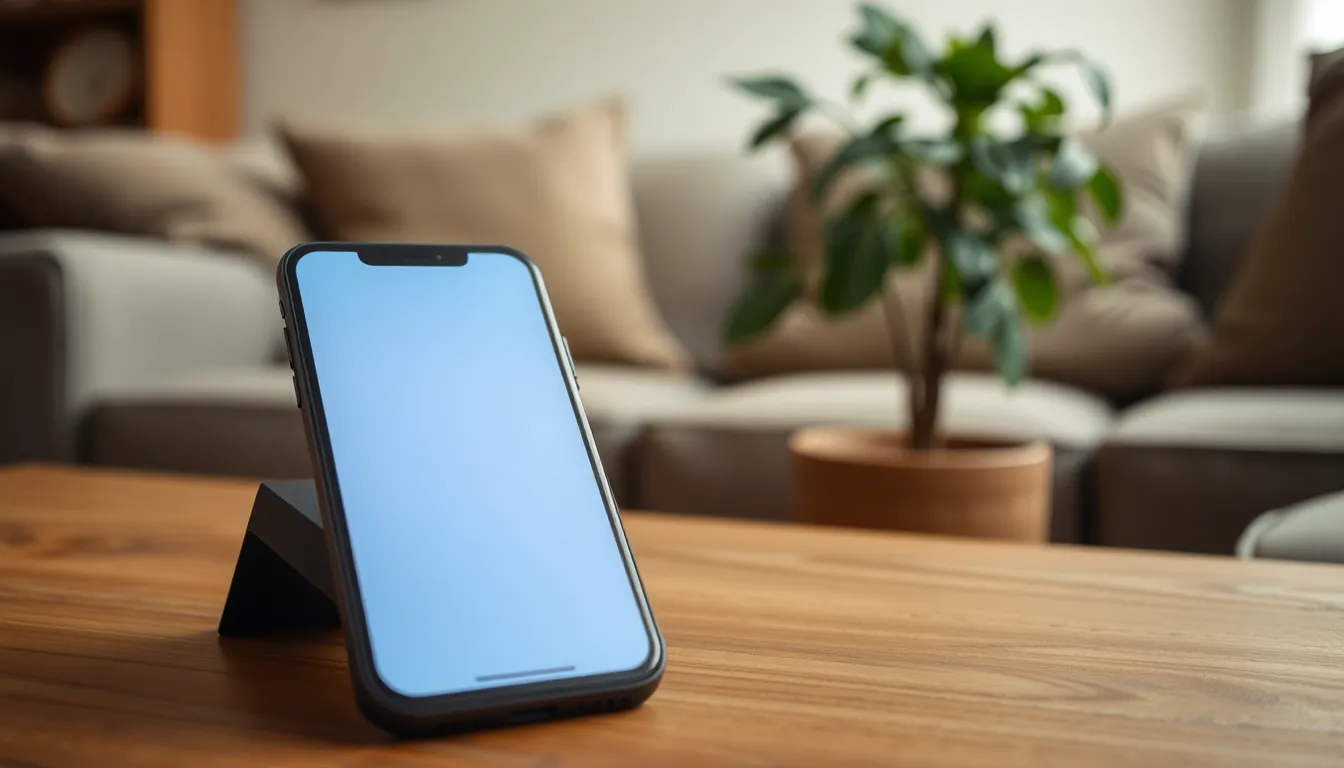Table of Contents
ToggleIn today’s fast-paced world, staying connected through text messages is essential. However, it’s frustrating when texts don’t deliver, leaving users puzzled and anxious. Understanding the reasons behind this issue can save time and prevent miscommunication.
Several factors can contribute to undelivered texts, from network problems to device settings. Whether it’s a temporary glitch or a more complex issue, knowing what to look for can help users regain reliable communication. This article dives into the common causes of text delivery failures and offers practical solutions to get messages flowing again.
Common Reasons For Texts Not Delivering
Texts may fail to deliver for several reasons. Understanding these common issues can help users troubleshoot and improve their messaging experience.
Network Issues
Network issues rank among the primary causes of undelivered texts. Interruptions can occur due to problems like poor signal strength, network congestion, or maintenance activities. Coverage areas also factor in; if either sender or recipient resides in a rural or remote region, connectivity may decline. Users should confirm network status by checking signal bars. Restarting the device or toggling airplane mode can also restore connection in many cases.
Carrier Restrictions
Carrier restrictions can prohibit text delivery. Some carriers impose limits based on account type or plan, affecting the ability to send or receive messages. In addition, features like message blocking might activate unintentionally, preventing delivery. Users should verify their account settings and ensure that no blocks inhibit text exchanges. Additionally, using international texting options is essential when messaging overseas since extra charges may apply.
Device-Specific Problems

Device-specific issues can significantly hinder text message delivery. Identifying and resolving these problems ensures smooth communication.
Software Glitches
Software glitches may disrupt text message functionality. Users may experience issues due to corrupted apps, mismatched configurations, or temporary bugs. Restarting the messaging app or the entire device often resolves these glitches. Users should also clear cache and data for messaging apps to eliminate potential errors. If problems persist, updating the app to the latest version from the app store is advisable.
Outdated Operating Systems
Outdated operating systems can interfere with text message delivery. Compatibility issues arise when apps do not function optimally on older versions. Users must regularly check for system updates and install them to improve device performance. Ensuring the device runs on the latest operating system often enhances security and fixes known bugs, leading to more reliable text messaging capabilities.
User-Related Factors
User-related factors often contribute to undelivered texts. Understanding these aspects can help troubleshoot delivery issues effectively.
Incorrect Contacts
Incorrect contact information leads to texts not reaching intended recipients. Typos in phone numbers or incorrectly saved contacts cause miscommunication. Users should verify their contacts for accuracy and ensure that the correct number format is used when sending messages. This step is crucial for establishing reliable communication.
Message Size Limitations
Message size limitations can also prevent text delivery. Most carriers impose a character limit of 160 characters for standard SMS messages. Messages exceeding this limit may fail to send or be split into multiple texts, which can complicate delivery. Users should keep messages concise or consider using multimedia messaging service (MMS) for longer texts or images.
Troubleshooting Steps
Resolving text delivery issues often involves checking a few key settings and configurations. By following these troubleshooting steps, users can identify and address potential problems promptly.
Restarting Your Device
Restarting the device can resolve temporary glitches that affect text message functionality. Users should power off their devices and wait at least 10 seconds before powering them back on. This simple step often clears memory and resets the network connection, restoring proper text message operations.
Checking Network Settings
Verifying network settings is crucial for ensuring proper text delivery. Users can take the following actions:
- Check Airplane Mode: Ensure that Airplane Mode is turned off, which disables all wireless communications.
- Inspect Mobile Data: Confirm that mobile data is enabled, as texting without it isn’t possible on most carriers.
- Select Correct Network Mode: Users should select the appropriate network mode (e.g., 3G, 4G, or 5G) in their device settings, optimizing connectivity based on carrier support.
- Access APN Settings: Check Access Point Name (APN) settings for accuracy. Incorrect APN configurations can impact messaging services.
By addressing these aspects of network settings, users can restore functionality and ensure their texts are delivered successfully.
Text delivery issues can be frustrating but understanding the underlying causes can make a significant difference. By addressing network problems device settings and user-related factors users can enhance their texting experience. Implementing the troubleshooting steps mentioned can help restore reliable communication. Staying proactive about connectivity and ensuring accurate contact information will minimize future disruptions. With these insights users can confidently navigate their messaging challenges and maintain seamless connections with friends and family.





